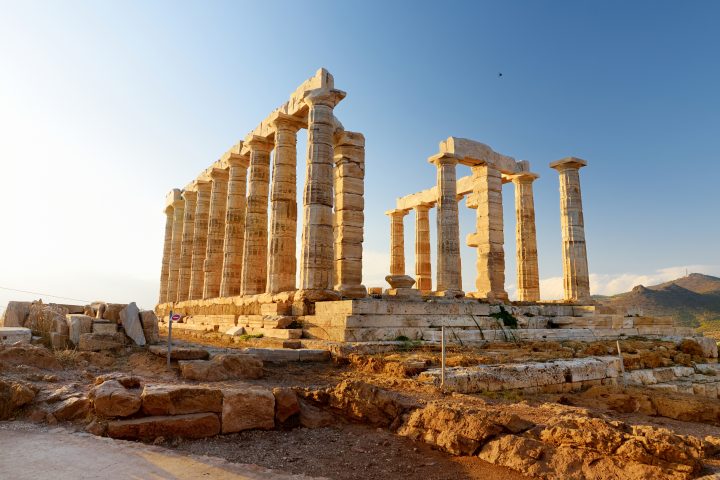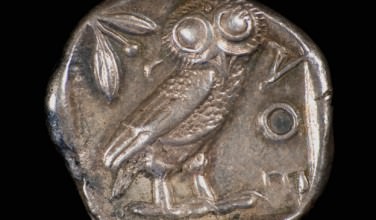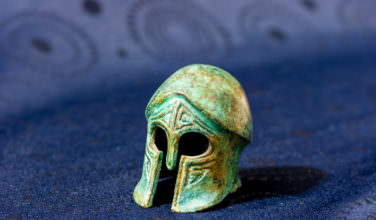Apollodorus of Damascus – Architect of Ancient Greece
Comments Off on Apollodorus of Damascus – Architect of Ancient Greece
 One name stands out as a model of architectural genius in the vast tapestry of ancient Greece: Apollodorus of Damascus. This extraordinary man, born in the second century AD, changed the course of history with his brilliant engineering and architectural creations. During the Roman Empire, Apollodorus’ inventiveness and artistic vision influenced the layout of many cities. This essay explores Apollodorus’s life and career, highlighting his significant contributions to architecture.
One name stands out as a model of architectural genius in the vast tapestry of ancient Greece: Apollodorus of Damascus. This extraordinary man, born in the second century AD, changed the course of history with his brilliant engineering and architectural creations. During the Roman Empire, Apollodorus’ inventiveness and artistic vision influenced the layout of many cities. This essay explores Apollodorus’s life and career, highlighting his significant contributions to architecture.
Early Life and Background
Apollodorus of Damascus was born in the bustling city of Damascus in the Roman province of Syria in the second century AD. Apollodorus is thought to have had a well-rounded education that included various subjects like arithmetic, engineering, and philosophy, even though little is known about his early years.
Architectural Works
Trajan’s Forum and Markets
Participating in constructing Trajan’s Forum and Markets in Rome is one of Apollodorus’ most notable accomplishments. Emperor Trajan ordered the construction of these impressive buildings, which served as the hub of trade, politics, and public activity. The design of Apollodorus demonstrated his mastery of ornate architecture and inventive functionality. A towering marble structure with intricate bas-reliefs depicting the emperor’s military campaigns, Trajan’s Column served as the complex’s focal point.
The Pantheon
The renowned Pantheon in Rome, another architectural wonder attributed to Apollodorus, is a masterpiece. The Pantheon, constructed during Emperor Hadrian’s rule, is a monument to the architectural prowess of antiquity. An expansive, domed roof that allowed natural light to pass through a central oculus and create a mesmerizing effect was an innovative feature of Apollodorus’ design. Even today, architects are still motivated by the Pantheon’s symmetrical proportions and meticulous engineering. The ability of Apollodorus to combine aesthetic excellence and structural integrity solidified his reputation as a forward-thinking architect.
The Bridge of Apollodorus
The knowledge of Apollodorus extended beyond just grand structures. He also displayed his engineering skill by creating a useful infrastructure. One notable instance is the Bridge of Apollodorus, also known as Trajan’s Bridge, which crossed the Danube River in Eastern Europe. This amazing engineering achievement was 3,927 feet (1,197 meters) long and comprised twenty stone pillars. The Bridge of Apollodorus established Apollodorus’ reputation as an architect of enormous practicality by facilitating trade, military operations, and cultural exchange between the Roman Empire and its eastern provinces.
Legacy and Influence
Apollodorus of Damascus left an enduring legacy that resonates through the annals of architectural history. His innovative designs and engineering solutions shaped the urban landscape of ancient Rome and influenced subsequent generations of architects. The fusion of aesthetics and functionality that defined his work became a hallmark of Roman architecture and inspired future architects to push the boundaries of what was possible.
Apollodorus of Damascus was a brilliant engineer and visionary architect whose contributions to architecture are still widely used today. His creations continue to enthrall and inspire, from the magnificent Pantheon to the stupendous Trajan’s Forum and Markets. Apollodorus rose to the top of ancient architectural innovation thanks to his capacity to combine artistic vision and technical know-how. His legacy proves the strength of human imagination and the long-lasting effects of exceptional architecture.
Source:
Categorized in: Ancient Greek History
This post was written by Greek Boston





